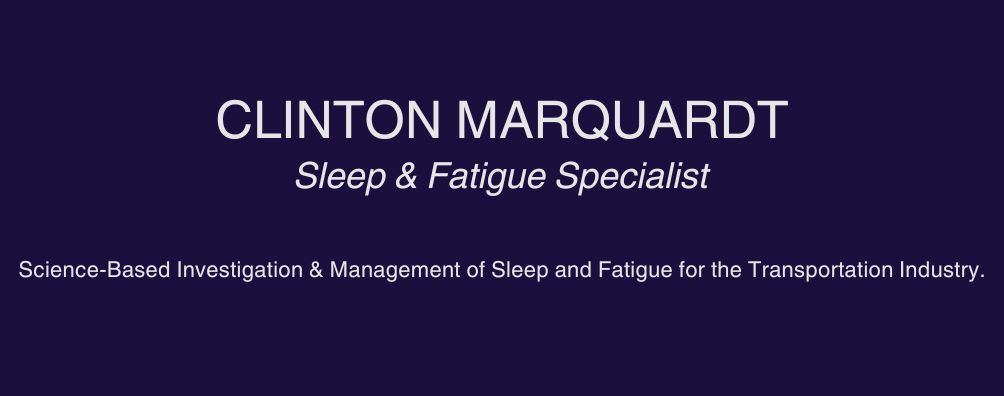
It’s cold, it’s dark, you feel like hibernating....welcome to winter. If you are like most people, you probably find yourself less energetic in the winter months. One of the main reasons we all tend to slow down at this time of year is because the warming glow of the sun does not grace us as much. For many people, this means they wake up when it is still dark out, are stuck in an office without any windows all day and after drudging through the 7.5 hours, they return home in the dark. It’s almost like we become nocturnal rats, living only at night. In fact, that is exactly what our brains think is going on.
There is a natural hormone called melatonin in our brains that signals nighttime. Our eyes sense the darkness and send a signal to the brain through the optic nerve that tells the brain to secrete melatonin from the pineal gland. When the sleep and wake control centre of the brain senses the melatonin it says “Ah melatonin is here, it’s time to get ready for bed” and your body begins to prepare for sleep. You feel fatigued, your mood can become subdued and it may be difficult to concentrate. These are all great feelings if you are trying to sleep, but what if you are not?
For most people the fatigue, mood and concentration changes lead to some degree of the Winter Blues that comes and goes; but 25% of people in Northern countries struggle with Winter Blues from October to April. Most of us can manage, but we all know our performance isn’t as good as it could be.
For some people, the increased melatonin levels can lead to feelings of depression. If you have difficulty keeping up with life, feel more aches and pains, start sleeping longer and feel less motivated during the darker months you may have Seasonal Affective Disorder (SAD). It’s a medically recognized subtype of major depression and it hits 2 to 10% of people in the Northern countries. People with SAD sometimes also feel irritable, gain weight from eating too much comfort food and don’t feel like having sex.
When it is dark out, we all walk around with more melatonin in our brains. It doesn’t have to be pitch dark either. A simple reduction in the number of daylight hours or a reduction in the intensity of daylight can increase melatonin secretion. So it’s no wonder that the lack of sunlight in winter results in the Winter Blues and SAD, our brains are keeping our bodies in a state that is always ready for sleep.
In the past, people were treated with conventional antidepressant medication. This was a difficult pill to swallow for many people with the Winter Blues and SAD because they didn’t see the seasonal problem as depression. They also wanted fast relief and many of the antidepressants take weeks to work their magic and can have uncomfortable side effects. By the time the side effects became manageable and the medication kicked in, half the season could be over.
So how can you reverse the effects of darkness without medication?
- Get outside more often and for longer periods during the day. Even a little diffuse sunlight on an overcast day is better than nothing.
- When you are inside, turn on as many lights as possible. You will need to be in this bright environment all day and into the evening.
- The easiest solution by far is to relax in front of a bright light therapy unit for 30 to 60 minutes a day.
Studies have shown that bright light therapy can work as good as Prozac with none of the side effects and faster results. If you are considering trying bright light therapy here are some pointers:
- If you are taking any medication, be sure to ask your doctor if the medication can make you photosensitive. If it can, then ask if you should be using bright light therapy.
- If you have eye problems, ask your eye doctor if you should be using bright light therapy.
- Make sure you use a bright light unit that delivers light intensities of at least 5,000 lux.
- Avoid bright light units that emit UV rays, these can be harmful to your skin and eyes.
- Start by sitting in front of your bright light unit for 5 minutes every morning. Make sure you are about 50 cm (20”) away from the bulbs. Don’t stare at the bulbs, but make sure you can still see them without moving your head. Relax and enjoy, imagine being on a beach, read, eat breakfast or plan your day.
- Over a period of 2 weeks, gradually work up to using the bright light for 30 minutes every morning for brighter light units (10,000 lux) and up to 60 minutes for less intense units (5,000 lux).
- If you experience difficulties falling asleep at night after starting bright light therapy then reduce the exposure time or start using it earlier in the day
- Next year start using your bright light unit in September, before the Winter Blues or SAD starts.
- If you are a shift-worker, use the bright light at the beginning of each waking period.




